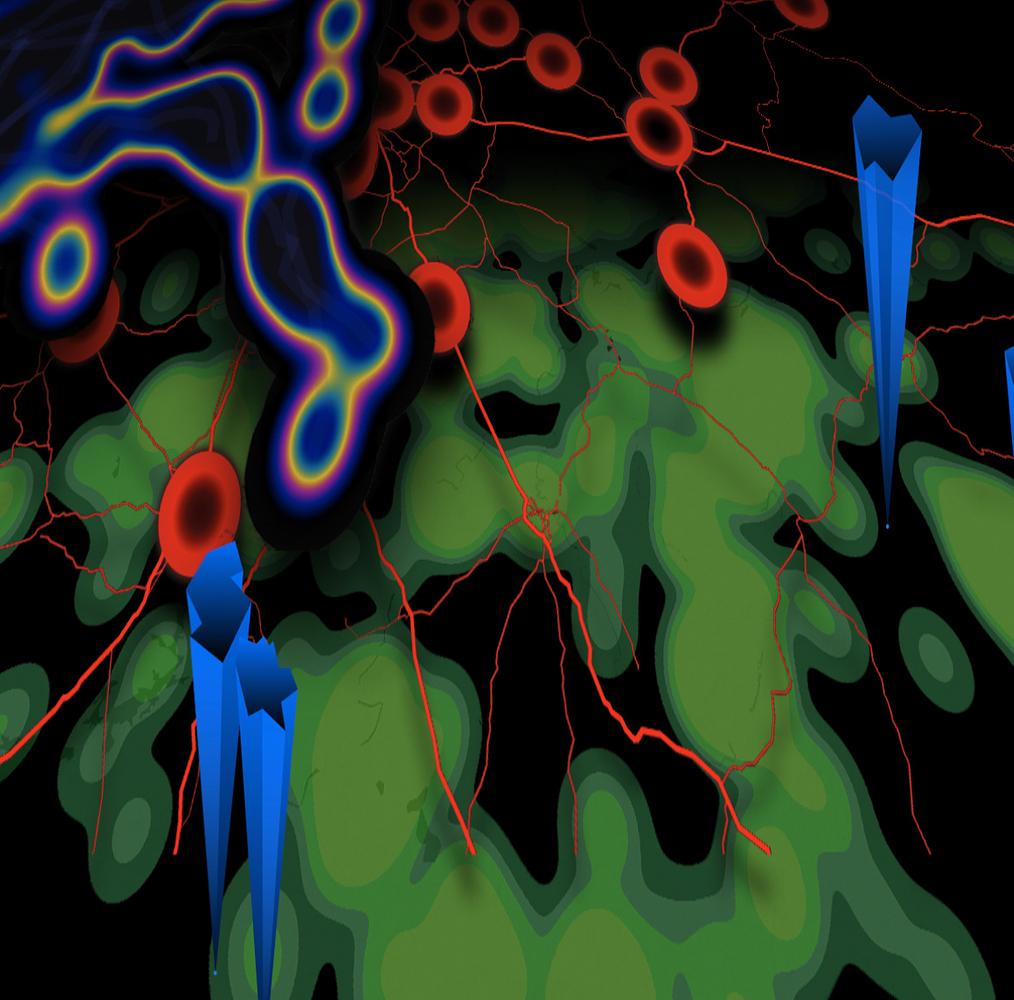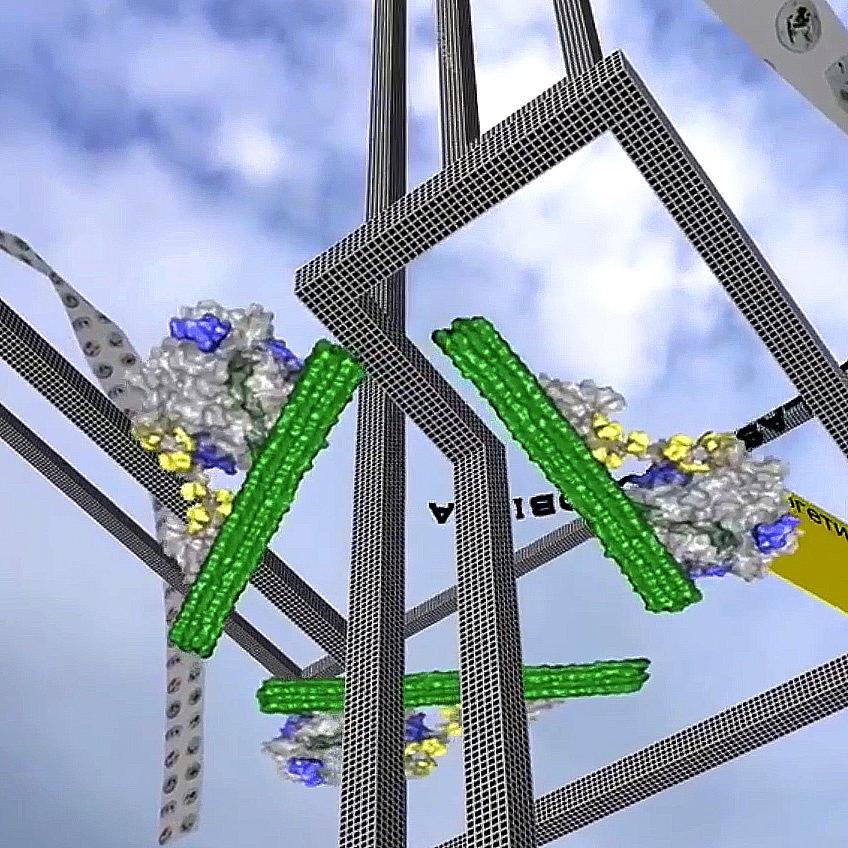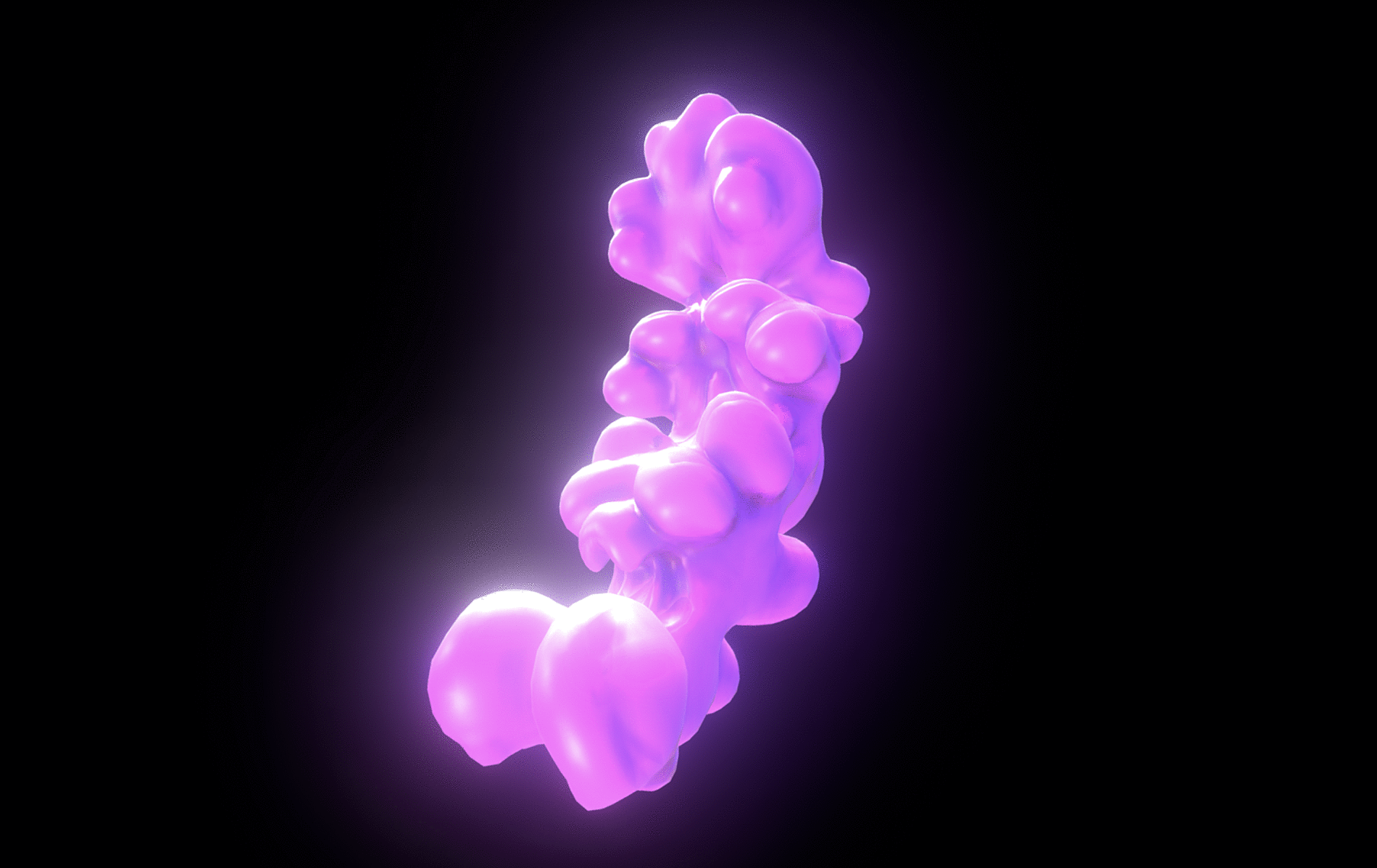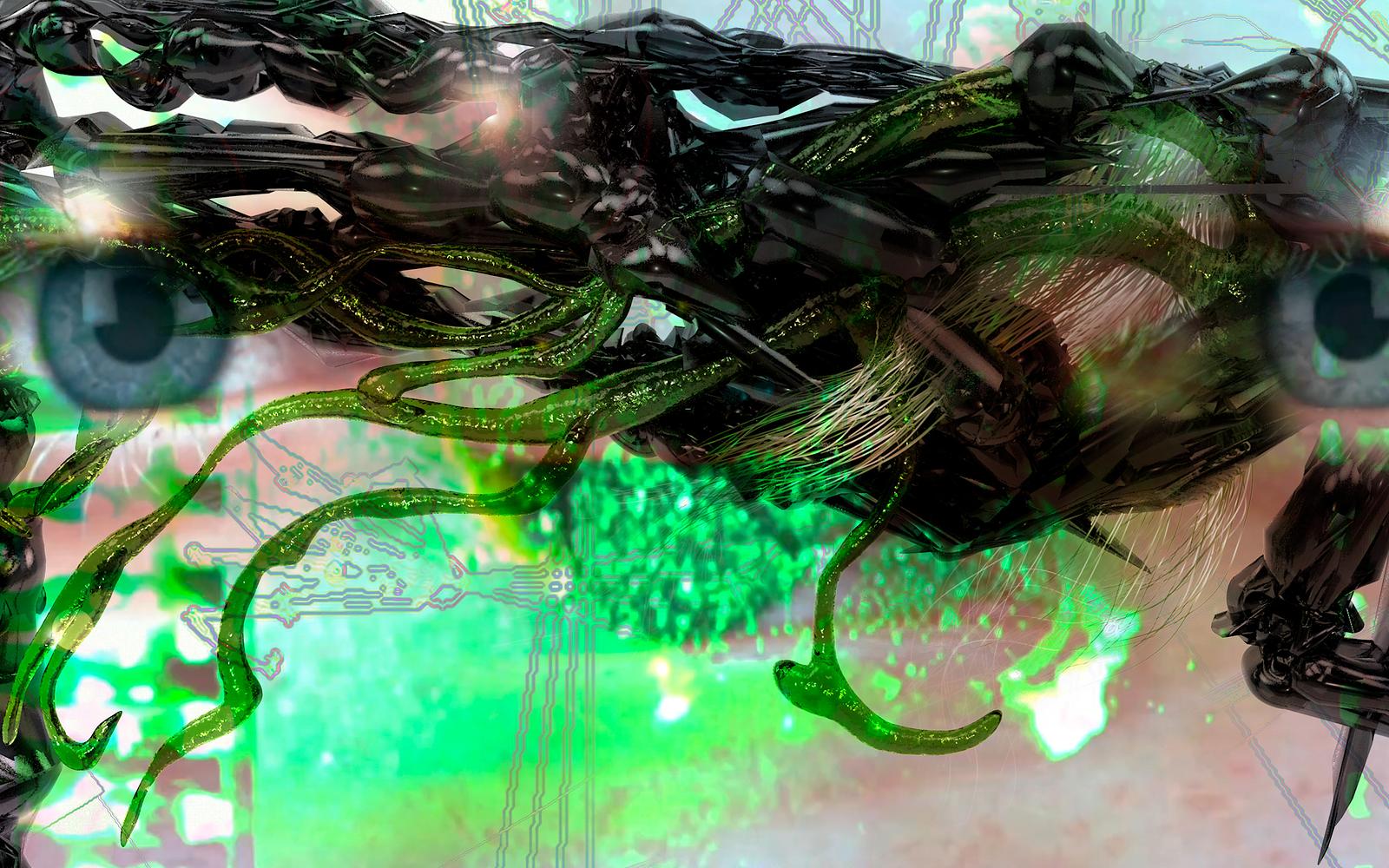
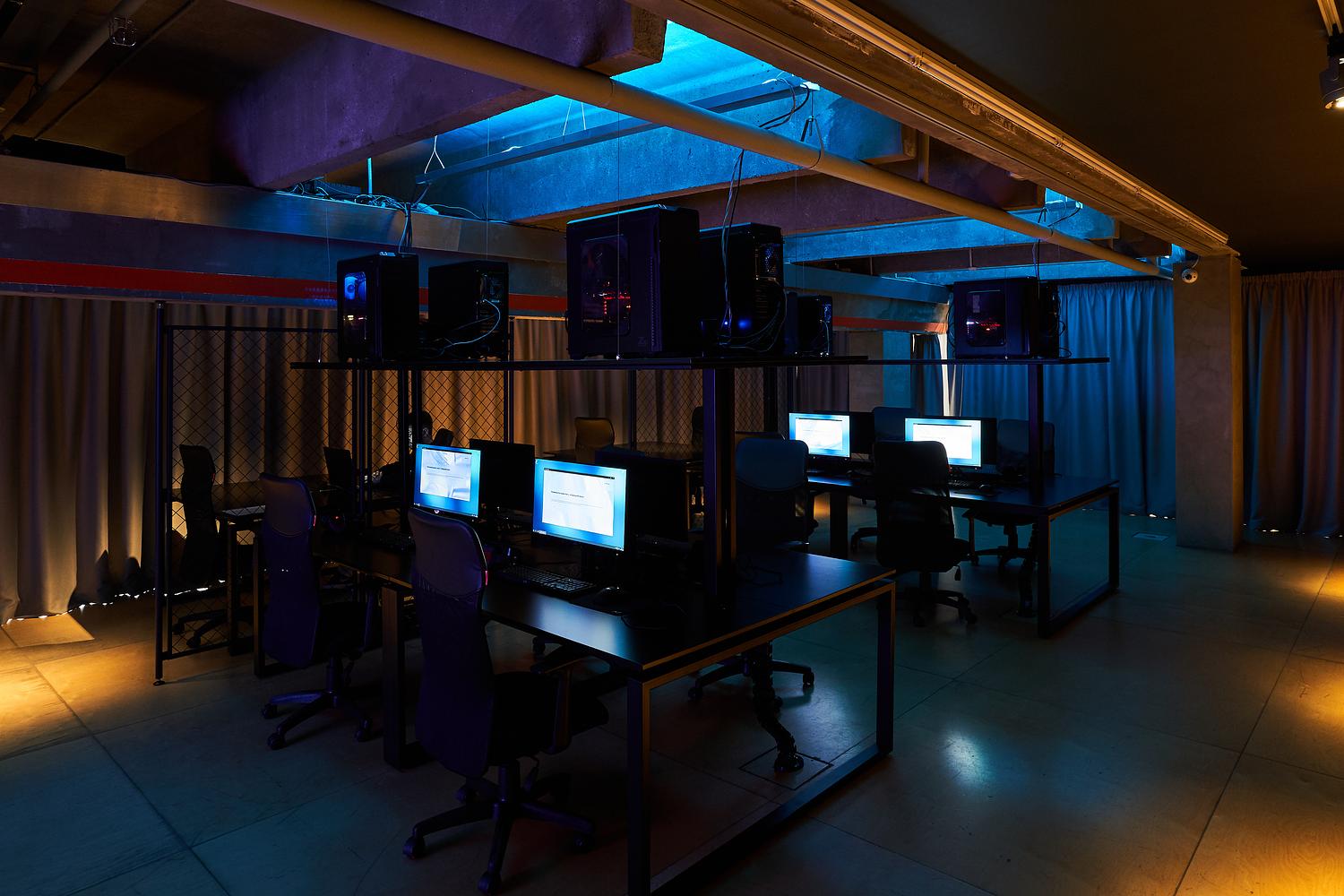


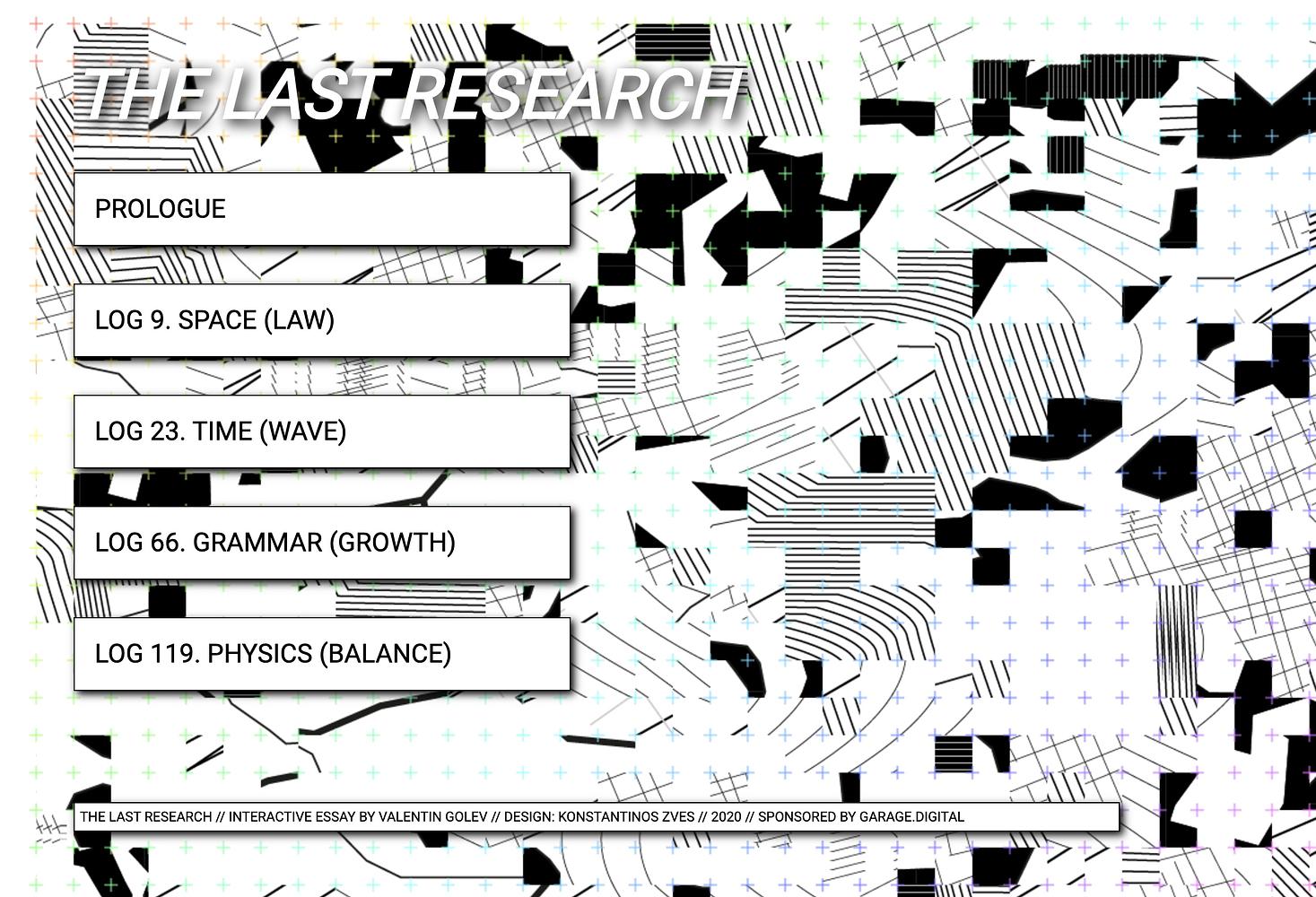
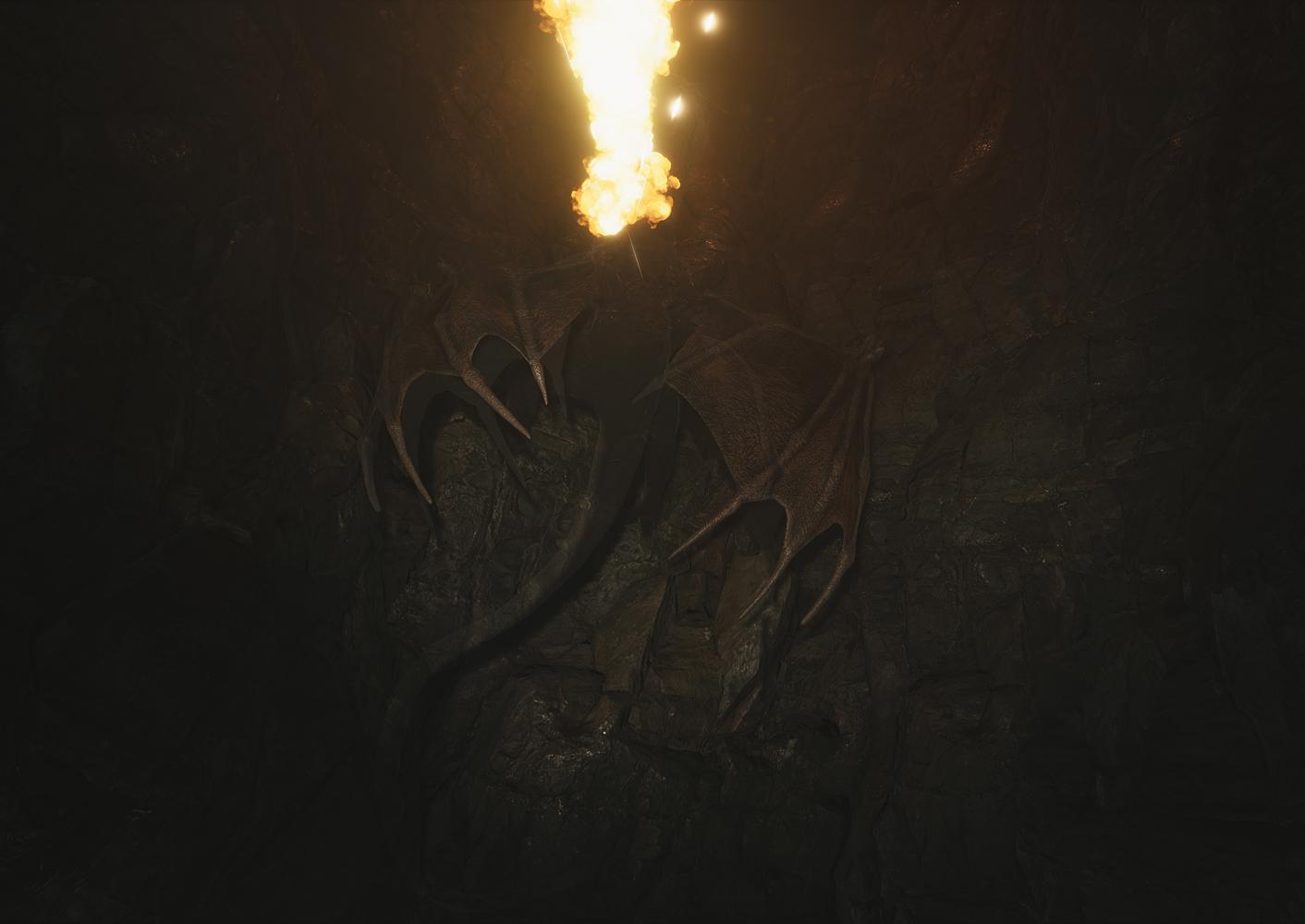

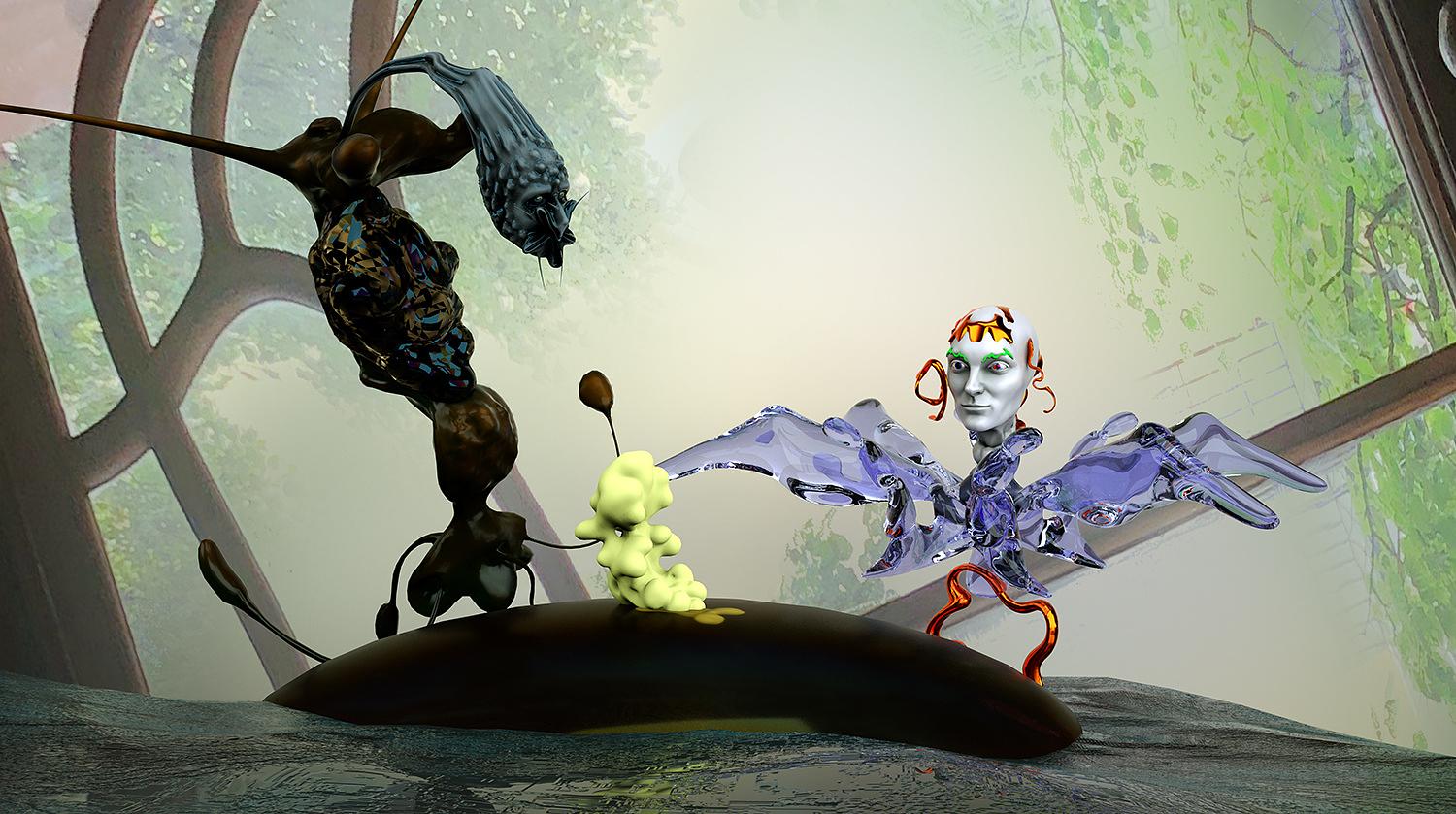
German Lavrovsky’s project builds and documents, using a variety of media, a relationship with a reborn doll: a 3D-printed posthuman baby.
Interacting with the doll, the artist explores questions of postgender reproduction, queer and feminist theories, bioengineering, and alternative configurations of family; and creates speculative practices of emancipatory coming into being.
The project is centered on the community of reborn doll enthusiasts. Reborn dolls are hyperrealistic baby dolls made from manufactured toys, and the process of their making is known as reborning. Reborning emerged in the 1990s and has given rise to an entire industry and a large community of reborners, who exchange tips on social media about taking care of the dolls and making them. The algorithm of care automatically launched through interaction with such commodified objects can act as a starting point for the reconfiguration of values commonly associated with infancy, motherhood, and family.
In Lavrovsky’s project the reborn is also born-digital: designed in a digital environment, it was made using toy stuffing, silicon, and a 3D-printed plastic mold. It is an abstract body that can be seen as a sci-fi character or a futuristic interface, and as a hypercommodity that is biomorphic, ergonomic, and pleasant to touch. From a lifelike doll, a reborn has been transformed into a queer child: a genderless infant, whose nature is fluid. A nomad on a journey to the future, it finds new friends, relatives, mothers and fathers, acting as a training device for radical hospitality and care.
In 2019, Lavrovsky organized Playing with a Reborn, the documentation for which is available on the project webpage. Game participants Aleksandra Abakshina, Anastasia Volokhova, Ilya Dolgov, Yozhi Stolet, and Ignat Khlobystin worked in the format of a therapy group to establish psychic connections and experience the affects triggered by tactile and imaginary communication with the reborn. In doing so, they followed the scenario of a game based on feminist and queer theory. It allowed them to experience various subjects as understood through contemporary philosophy and gender studies, such as the practice of radical hospitality (a cyberfeminist idea whose proponents include Alla Mitrofanova and Irina Aristarkhova) and the rethinking of the reproductive abilities of the human and the family (surrogacy as understood by Sophie Lewis, Donna Haraway’s “making kin,” and the xenofeminism of Helen Hester). Through the game, a protocol of interacting with the reborn was created, which moderates the modalities of this speculative dialogue. The soundtrack in the background is an ASMR recording produced with the reborn using slime, a children’s toothbrush, and dried fruits.
Reborn does not reside solely within the space of cyberfeminist theory, exploring technological infrastructures and the possibilities of subverting them, but also within the historical legacy of instruction and emancipation. The world’s first experiments in offering sex education to pre-schoolers took place in the Soviet Union, at the experimental orphanage International Solidarity (1921–1925), where the curriculum was developed by psychoanalyst Vera Schmidt. The interior of the mansion where the orphanage was located, the former Ryabushinsky mansion, designed by Fyodor Shekhtel, appears in the documentation of Playing with a Reborn. One of the institution’s tutors was Carl Jung’s student Sabina Spielrein, who developed the idea of coming into being through the destruction of the norm, replacing the notion of the individuum with the “dividuum” (a non-unitary, constantly re-configurable subject), and studied the psyche through the physical. “During the process of procreation, two cells merge into one,” Spielrein wrote in her Destruction as the Cause of Coming into Being (1912). “Each of the cells is destroyed as a unit, and from the product of this destruction new life emerges.”
In the context of the educational practices developed at Vera Schmidt’s orphanage, the reborn and the protocol of interaction with it trace alternative paths in our understanding of education, care, and coming into being through deconstruction and fluidity.
German Lavrovsky (b. 1995, Moscow) is an artist whose interests include queerness, care, reproduction, and the prototyping of the future. Starting out in fashion and codes of self-design and moving into postdigital plastic arts, Lavrovsky is interested in contemporary visual economies of gender and historical experiments with postnuclear family relationships. All of his work can be seen on public platforms and is open code and free of copyright. He lives and works in Moscow.
